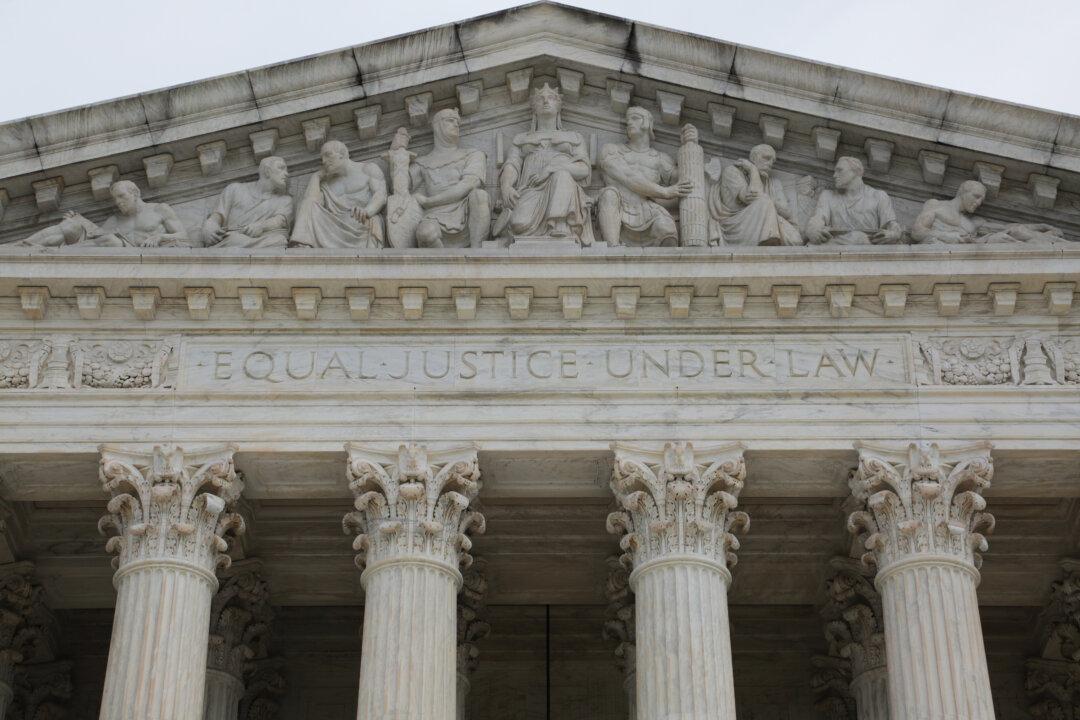News Analysis
As Harvard and the University of North Carolina (UNC) await a landmark Supreme Court decision, expected this week, on their racial admissions policies, companies are also watching nervously, fearing that the decision could expose their race-based hiring and training programs to civil rights lawsuits.





